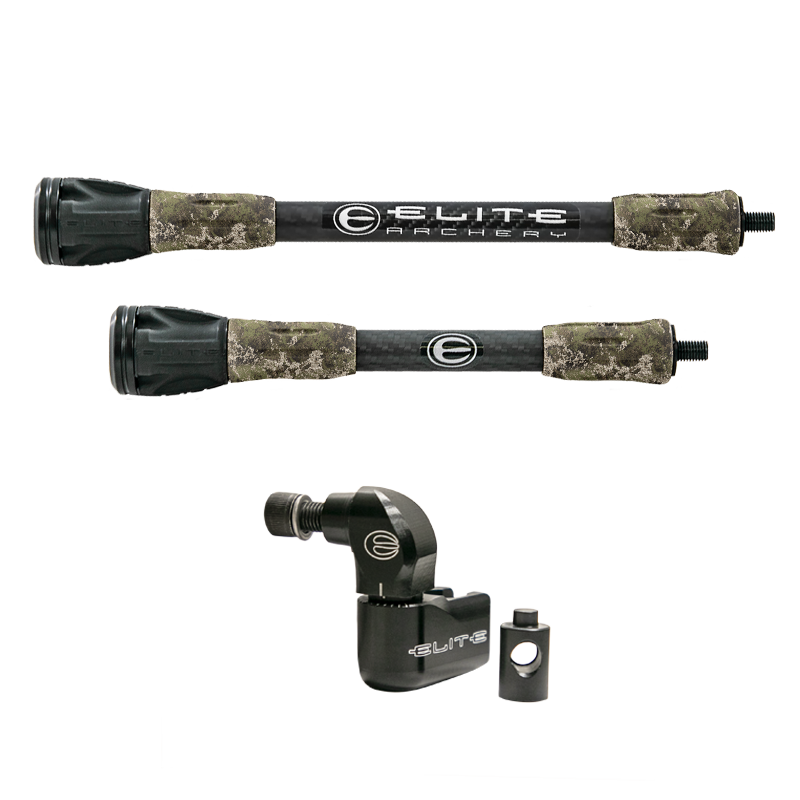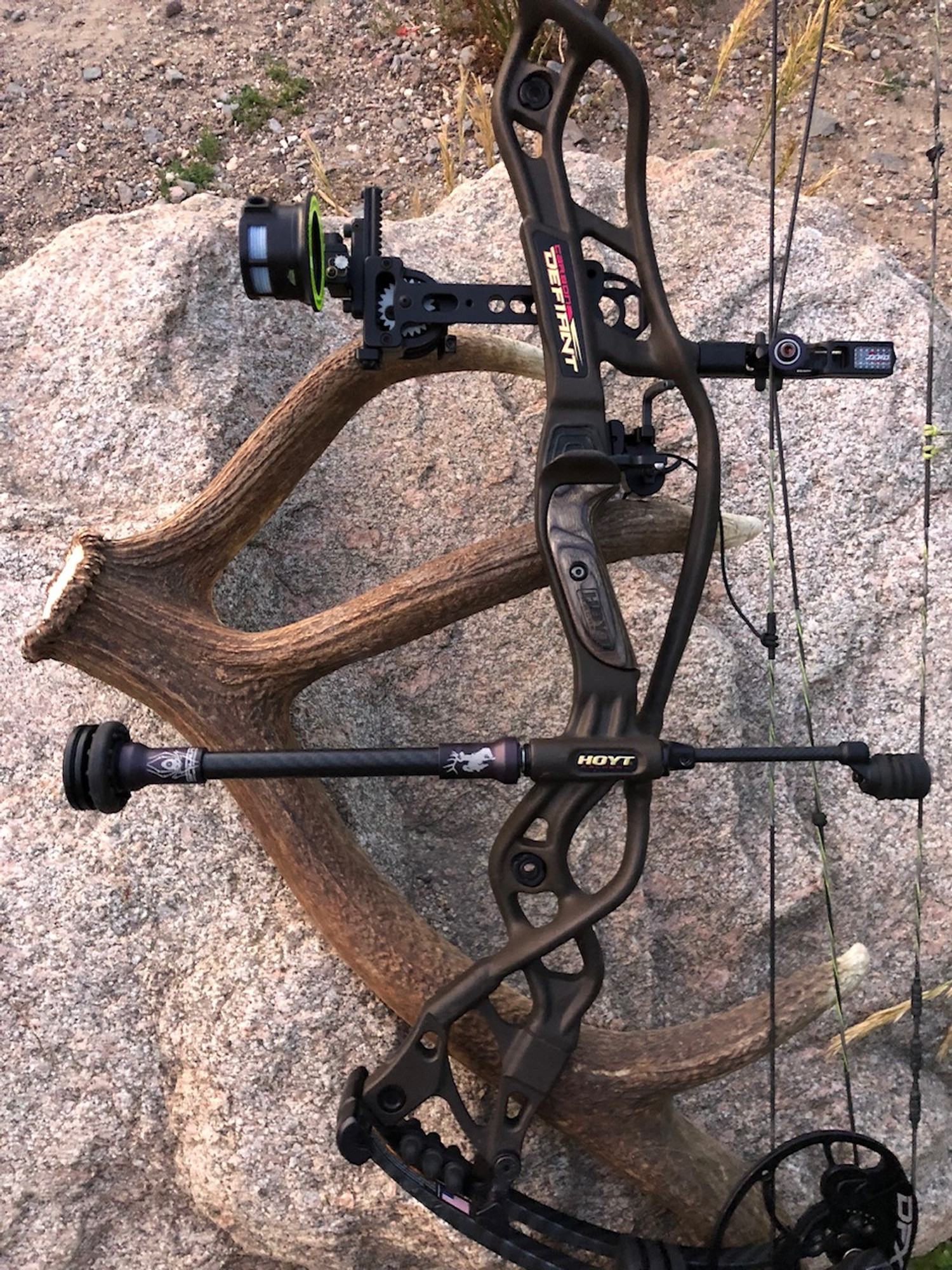The Ultimate Guide to Selecting the Right Archery Stabilizer for Enhanced Accuracy
Archery is a sporting activity that requires precision and precision, and picking the best tools is vital for achieving optimum results. Amongst the numerous accessories offered, an archery stabilizer plays a substantial role in improving accuracy. Nevertheless, with so many options on the market, it can be frustrating to establish which stabilizer is the right fit for your requirements. In this comprehensive guide, we will explore the essential elements to think about when picking an archery stabilizer for boosted accuracy. From finding the optimal length to recognizing the different designs and materials, we will explore every little thing you require to know to make an informed choice. So, whether you are a skilled archer wanting to upgrade your equipment or a beginner seeking assistance, join us on this journey as we decipher the tricks to selecting the best archery stabilizer.
Length: Locating the Ideal Stabilizer Size
When picking an archery stabilizer for ideal efficiency,Figuring out the optimal stabilizer length is critical. The size of a stabilizer directly affects the equilibrium, security, and precision of the bow. A stabilizer that is as well long can make the bow feel tough and top-heavy to control, while a stabilizer that is also short might not supply sufficient stability and dampening of vibrations. Locating the best size needs thinking about elements such as the archer's shooting design, bow weight, and personal choice.
A longer stabilizer, usually varying from 8 to 12 inches, can offer higher security and minimize bow torque. This is especially beneficial for archers who fire with a high draw weight or those that tend to torque the bow throughout the shot. The added size aids to distribute the weight uniformly and counterbalance any kind of torque or movement.
On the various other hand, a much shorter stabilizer, typically between 4 to 7 inches, uses more maneuverability and quicker feedback. It is favored by archers that shoot with a lower draw weight or those that call for even more mobility, such as hunters or 3D shooters. The shorter length enables easier movement with tight areas and faster changes.
Ultimately, the optimal stabilizer length is a matter of personal preference and shooting style. It is recommended to try out various sizes and observe the effects on stability and accuracy. Consulting with knowledgeable archers or specialists can additionally provide important insights and suggestions.
Weight: Figuring Out the Appropriate Stabilizer Weight
After considering the optimum stabilizer size, the following vital aspect to take into consideration when picking an archery stabilizer is figuring out the suitable stabilizer weight - archery stabilizer. The weight of the stabilizer plays an important duty in boosting precision and stability during the shot
The weight of the stabilizer affects the balance and control of the bow. A heavier stabilizer can give boosted stability and control, particularly for shooters with a tendency for inconsistent shots or shaky hands. It aids to soak up the vibrations and recoil generated by the bow, reducing torque and decreasing the impact on the arrow's trip.
On the various other hand, a lighter stabilizer enables a quicker and more responsive bow. It can be advantageous for shooters who prioritize ability to move and speed over security. Lighter stabilizers additionally minimize fatigue during long shooting sessions or competitors.
To figure out the proper stabilizer weight for your needs, it is essential to consider your shooting design, physical stamina, and bow arrangement. Experimenting with various weights and observing the effect on your capturing performance is vital to discovering the ideal equilibrium.
Inevitably, the ideal stabilizer weight will vary for each individual archer. It is advised to begin with a modest weight and make modifications based upon personal preference and shooting outcomes. Keep in mind, the objective is to achieve a steady and regulated shot, while likewise maintaining comfort and convenience of use.
Materials: Picking the Right Materials for Toughness and Performance
When choosing an archery stabilizer, it is essential to carefully think about the products used in its building to ensure toughness and optimize performance. The selection of products can significantly affect the overall high quality and performance of the stabilizer.
Among the most frequently made use of materials for stabilizers is carbon fiber. Carbon fiber uses a high strength-to-weight proportion, making it light-weight yet incredibly strong. This product absorbs resonances and minimizes bow torque, resulting in enhanced stability and precision. Additionally, carbon fiber stabilizers are resistant to temperature changes and are less likely to warp or bend in time.
One more preferred material for stabilizers is light weight aluminum. Aluminum stabilizers also offer a broad range of customization choices, permitting archers to change the weight and imp source length to match their preferences.
Some stabilizers are constructed making use of a mix of materials. For instance, a stabilizer might have a carbon fiber core wrapped in a light weight aluminum covering. This hybrid layout incorporates the most effective top qualities of both materials, supplying optimum stability, toughness, and performance.
Layout: Comprehending the Different Stabilizer Layouts and Their Effects
Taking into consideration the materials made use of in archery stabilizers, it is crucial to currently look into the various layouts of stabilizers and this page their particular effects. The style of an archery stabilizer plays a critical function in boosting accuracy and lowering vibration throughout the shot. There are several different layouts available in the marketplace, each with its own one-of-a-kind qualities.

Another popular layout is the side bar stabilizer. This style includes connecting a short pole sideways of the bow, parallel to the main lengthy pole. Side bar stabilizers assist in reversing the weight of devices, such as quivers or sights, and give added stability to the bow.
Some stabilizers come with flexible weights. These stabilizers enable archers to adjust the balance and feel of their bows by including or eliminating weights. This feature is specifically beneficial for archers who prefer a specific weight circulation or intend to trying out various setups.
In addition, some stabilizers incorporate wetting innovation to decrease vibration and sound. These stabilizers typically have integrated dampeners or utilize materials that take in resonances, leading to a smoother and quieter shot.

Accessories: Exploring Additional Accessories for Improved Security
To additionally boost security in archery, added devices can be made use of. These devices are designed to operate in conjunction with the archery stabilizer to Full Article provide an even greater level of security and precision. One such accessory is the V-bar or the side stabilizer install. This accessory enables for the accessory of a second stabilizer, which helps to reduce and balance the bow torque. By dispersing the weight equally on both sides of the bow, the V-bar aids to decrease any type of unwanted motion during the shot.
One more accessory that can boost stability is a bow sling. A bow sling is a strap that connects to the bow and allows the archer to maintain a loosened up grasp on the bow take care of without the anxiety of dropping it (archery stabilizer). This unwinded hold helps to reduce muscular tissue stress and enables for a more steady and regular shot
In addition, a stabilizer weight system can be utilized to fine-tune the balance and security of the bow. These weight systems generally contain little weights that can be included or removed from the stabilizer to readjust the balance factor of the bow. By discovering the optimal equilibrium factor, archers can attain a much more stable and precise shot.
Final Thought
In verdict, selecting the ideal archery stabilizer involves thinking about factors such as size, weight, materials, design, and extra devices. The optimum stabilizer length and weight will depend on private choices and shooting design.
Determining the ideal stabilizer length is vital when selecting an archery stabilizer for optimal efficiency. A stabilizer that is also long can make the bow feel top-heavy and difficult to manage, while a stabilizer that is also brief might not provide enough stability and dampening of vibrations - archery stabilizer.Taking into account the materials used in archery stabilizers, it is essential to now dig into the different designs of stabilizers and their respective impacts. Side bar stabilizers assist in reversing the weight of devices, such as views or quivers, and supply added security to the bow
These weight systems generally consist of small weights that can be added or removed from the stabilizer to adjust the balance point of the bow.
Comments on “Achieve Stability in Your Shot: Recognizing Archery Stabilizers”